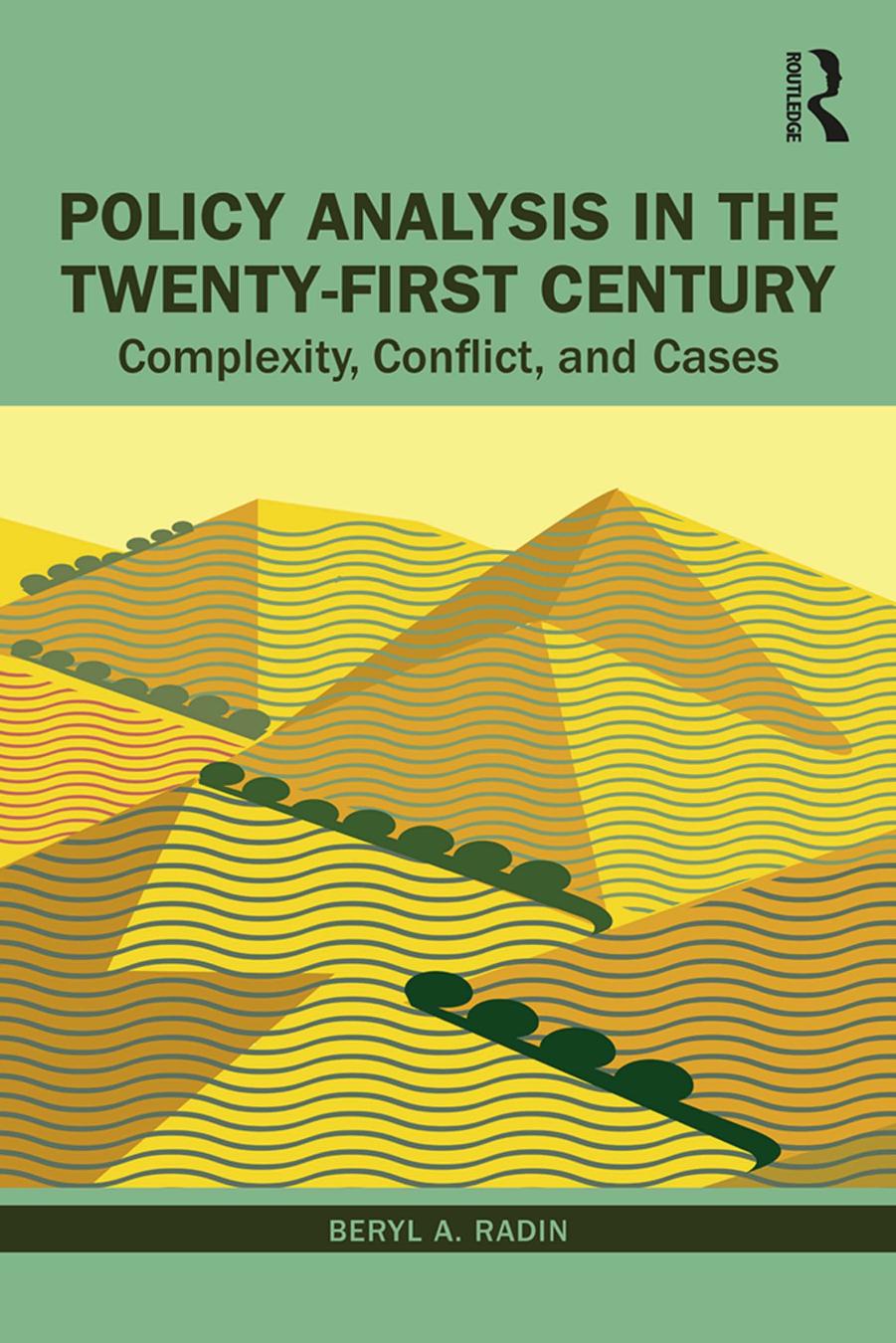Policy Analysis in the Twenty-First Century: Complexity, Conflict, and Cases by Beryl Radin

Author:Beryl Radin [Radin, Beryl]
Language: eng
Format: epub, pdf
Tags: Public Policy, Political Science, Public Affairs & Administration, General
ISBN: 9781000007831
Google: _uuYDwAAQBAJ
Goodreads: 43747184
Publisher: Routledge
Published: 2019-05-16T12:13:23+00:00
Examples from the Cases That Do Not Include a Recommendation
Margaret Trumball recently moved from the United Nations headquarters in New York to the European Commission headquarters in Brussels. She was assigned to the migration policy unit in the commission whose top official was from Poland. While she knew something about the migration issue, her experience at the UN was quite different than that at the European Commission. She realized that the migration issue was immediate and problematic for some of the member nations while others were not as concerned about it. The differences were especially clear after the expansion of EU membership following the collapse of the Soviet Union. After immersing herself in the issue, she thought that the situation suggested that her product as a policy analyst would not make a single recommendation but, rather, would provide alternatives to be considered by the individual countries. She hoped that her analysis would provide a framework that would allow the members to discuss the issue and craft a decision that was agreeable to them.
James Williamson had been recently hired by a consortium of foundations that supported higher education programs for students from families who did not have the resources to pay for college for their children. While new to this job, he was quite familiar with its activities. His current task was to define expectations about the use of the consortiumâs funding. Over the past 15 years he had been employed by two of the state agencies that received funds from the consortium. His past experience made him sensitive to differences in the structure of the state government, the demographic composition of the population in the state and the financial conditions that set the context for allocation of expenditures. In addition, he was not as familiar with the expectations of the members of the programâs board. Given all of this, he was wary of jumping into a highly structured set of requirements. He thought of two alternative strategies. One would be to only develop options, not a recommendation. The other strategy would involve an incremental approach, focusing on one set of issues at a time rather than a total package or viewing the options as different processes (rather than substantive policy suggestions).
WANG Liping thought he was taking a leap of faith when he identified the members of a group that would advise him. He drew the members from bodies that each had unique think tank capacities, responding to different theoretical perspectives as well as immediate policy problems. He doubted whether the six members had ever had contact with one another or even saw themselves occupying shared policy space.
Download
Policy Analysis in the Twenty-First Century: Complexity, Conflict, and Cases by Beryl Radin.pdf
This site does not store any files on its server. We only index and link to content provided by other sites. Please contact the content providers to delete copyright contents if any and email us, we'll remove relevant links or contents immediately.
The Secret History by Donna Tartt(18849)
The Social Justice Warrior Handbook by Lisa De Pasquale(12142)
Thirteen Reasons Why by Jay Asher(8796)
This Is How You Lose Her by Junot Diaz(6794)
Weapons of Math Destruction by Cathy O'Neil(6146)
Zero to One by Peter Thiel(5686)
Beartown by Fredrik Backman(5599)
The Myth of the Strong Leader by Archie Brown(5425)
The Fire Next Time by James Baldwin(5249)
How Democracies Die by Steven Levitsky & Daniel Ziblatt(5128)
Promise Me, Dad by Joe Biden(5087)
Stone's Rules by Roger Stone(5026)
A Higher Loyalty: Truth, Lies, and Leadership by James Comey(4845)
100 Deadly Skills by Clint Emerson(4840)
Rise and Kill First by Ronen Bergman(4704)
Secrecy World by Jake Bernstein(4646)
The David Icke Guide to the Global Conspiracy (and how to end it) by David Icke(4625)
The Farm by Tom Rob Smith(4437)
The Doomsday Machine by Daniel Ellsberg(4416)
